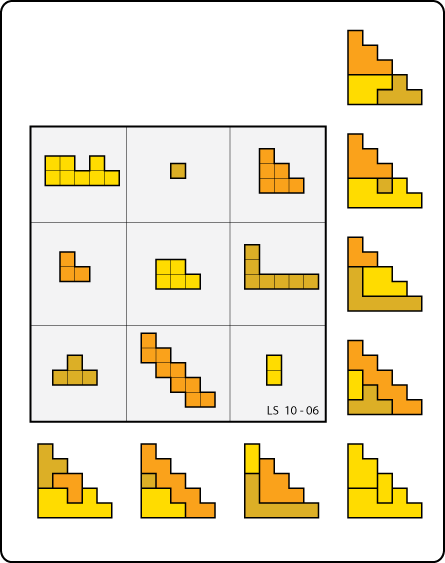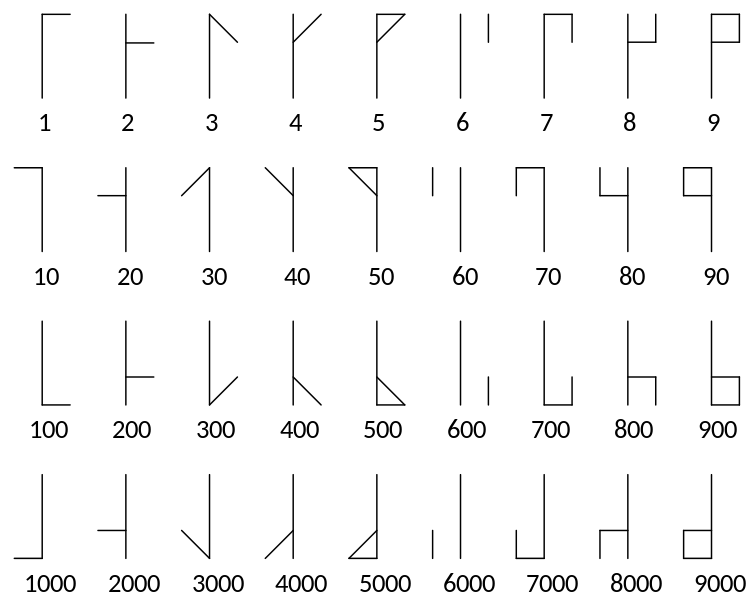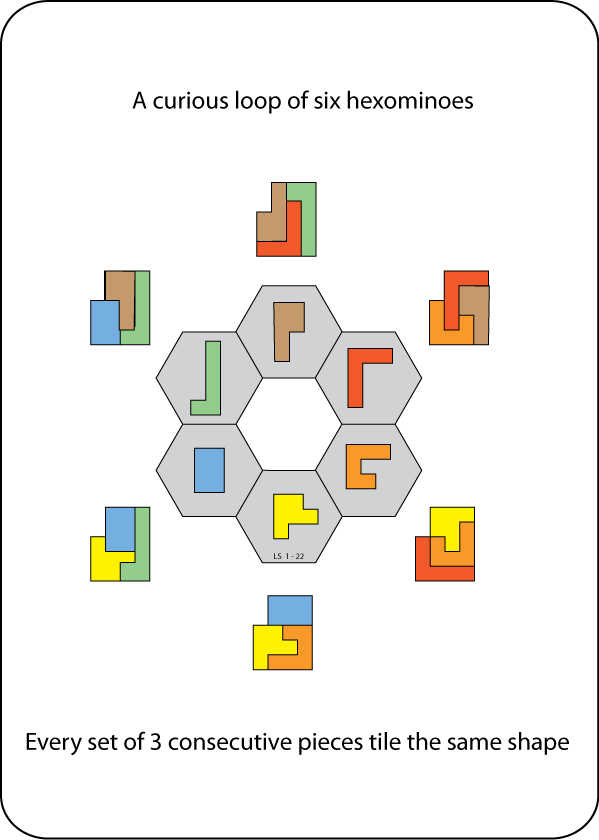It’s sometimes contended that time is one of four similar dimensions that make up a single manifold that we call spacetime. The four dimensions are orthogonal to one another, and though humans view one of them, time, as distinct from the others in various ways, it’s not intrinsically different.
Philosopher Ned Markosian offers a novel argument against this view: If aesthetic value is an intrinsic feature of an item, and if the four dimensions of spacetime are indeed similar, then rotating an object shouldn’t change its value. Turning a van Gogh painting 90 degrees doesn’t alter its beauty (though we may now have to turn our heads to appreciate it).
But turning a piece of music “out” of time, so that the notes of its melody, for example, occur all at once, changes the aesthetic value of the piece. “Whereas the original series of events had some considerable positive aesthetic value … the resulting series of events has either no aesthetic value or, more likely, negative aesthetic value. … Hence we have a powerful modus tollens argument against The Spacetime Thesis.”
(Ned Markosian, “Sideways Music,” Analysis 80:1 [January 2020], 51-59; and Sean Enda Power, Philosophy of Time: A Contemporary Introduction, 2021.)




